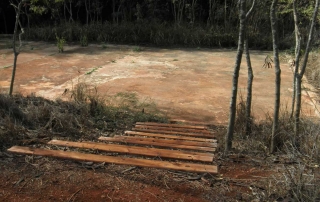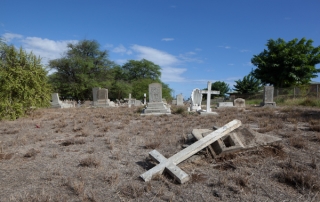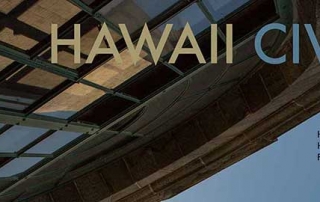Draft Special Resource Study Identifies Honouliuli Internment Camp for Potential Inclusion in National Park System
Meetings Scheduled to Give the Public an Opportunity to Comment on the Report 5/8/14: The National Park Service today released a draft study proposing that Honouliuli Internment Camp, where Japanese and European American residents from Hawai‘i were incarcerated during World War II, be added to the National Park System as a National Historic Site or National Monument. “Telling all the major stories of our country’s history as fully as possible is an important part of the National Park Service’s mission,” stated Pacific West Regional Director Chris Lehnertz. “That includes not just the stories of which we’re proud, but those that cover less honorable chapters in America’s past.” The National Park Service currently manages three sites within the United States where Japanese Americans and others were incarcerated during World War II, but this would be the first in Hawai‘i. The Honouliuli study evaluates 17 sites that represent the stories and impacts of internment in Hawai‘i. While many of the sites are listed, or eligible to be listed, on the National Register of Historic Places, two stand out: the Honouliuli Internment Camp and the U.S. Immigration Station. The study finds that these two sites depict a distinct and important aspect of American history associated with civil rights in times of conflict that is not adequately represented or protected elsewhere, and are therefore suitable for inclusion in the National Park System. Of these, only the Honouliuli Internment Camp itself is determined to be a feasible addition to the system. Under the study’s preferred alternative a national historic site or national monument managed by the NPS would be established as a new unit of the National Park System. The national historic site or national monument would include the site [...]






